
Vector illustration of flat Aromantic pride flag on white background. Aromantic community symbol.||||||Latin lesbian couple portrait in Mexico
Learn more about the origins of Aromantic Spectrum Awareness Week, which celebrates the diverse aromantic spectrum.
By Zarina Crockett and Daniela “Dani” Capistrano
Aromantic Spectrum Awareness Week (February 18 – 24, 2024) is an annual, international event devoted to spreading awareness and acceptance of aromantic spectrum identities. This TransLash Guide to Aromantic Spectrum Awareness Week centers trans people and will be updated annually to share more resources. Bookmark this page!
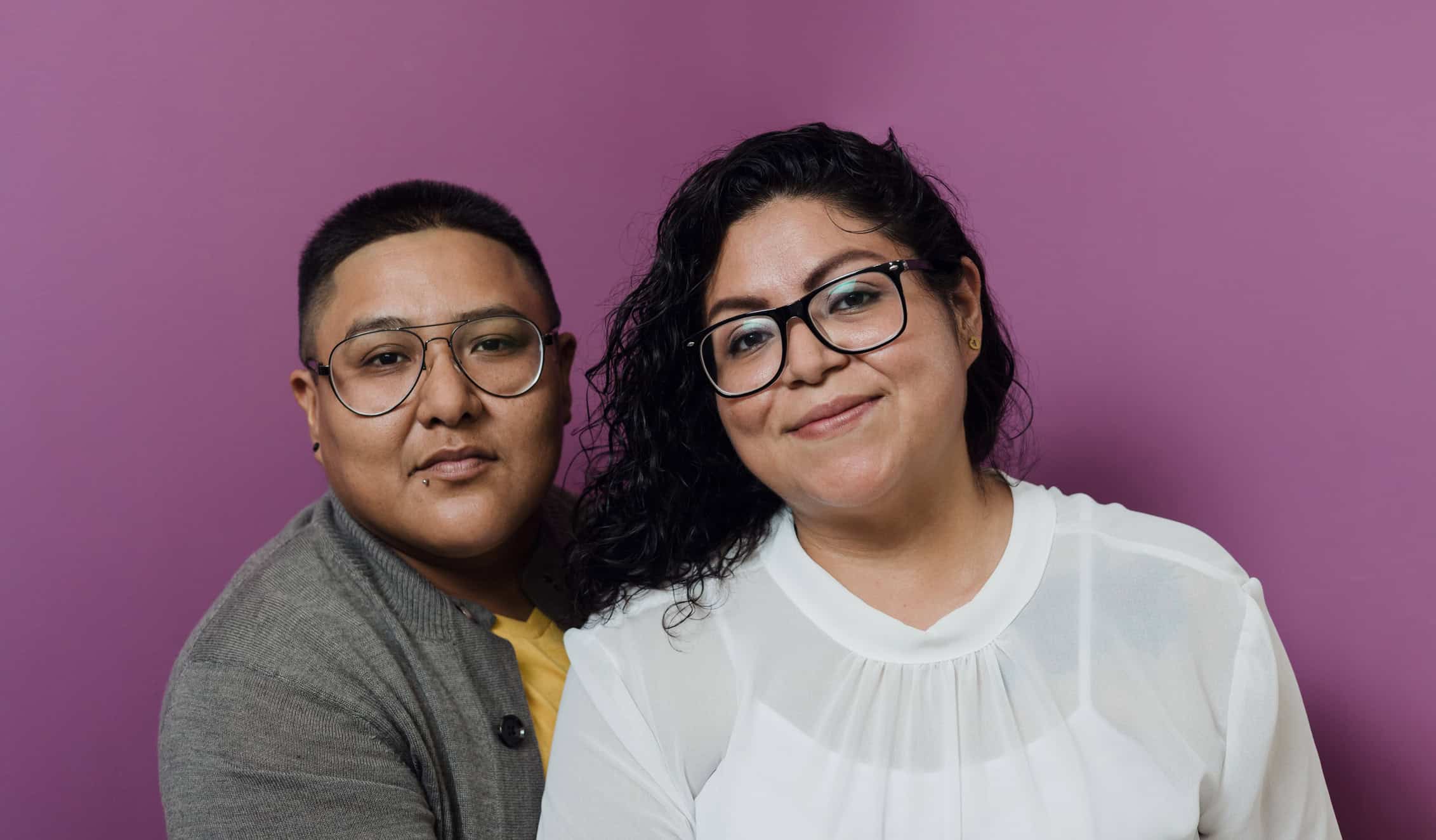
What is Aromanticism?
Learn more about the origins of Aromantic Spectrum Awareness Week, which celebrates the diverse aromantic spectrum.

“Aromanticism” is a Romantic Orientation That Describes People whose Experience of Romance is Disconnected from Normative Societal Expectations.
Aromantic identity isn’t a monolithic experience, so it’s important to not assume that all aromantics experience the world and participate in relationships with others the same way.
Aromantic people make up about 1% of the total population but comprise as high as 4% of those ages 18-24 (Bianchi, 2018). This group is relatively small but growing as knowledge of the identity spreads.
Aromanticism isn’t a Transgender or Cisgender-Specific Experience.
As explained by UC Santa Barbara’s Resource Center for Sexual & Gender Diversity, aromantic people can have any gender identity or sexual orientation, including having no sexual orientation.
Aromanticism usually describes one’s relationship to attraction of a romantic kind and sexual orientation can describe one’s relationship to sexual attraction, so it’s possible to be both aromantic and asexual.
Within the arospec community, some people use the term split attraction model to describe their different relations to various attractions, including romantic and sexual.
What is Aromantic Spectrum Awareness Week?
Aromantic Spectrum Awareness Week is a dedicated period aimed at raising awareness and fostering understanding of aromanticism and the aromantic spectrum.
This international event takes place the week following Valentine’s Day, serving as a counter-narrative to the romance-heavy celebrations that dominate early February. This timing is deliberate, highlighting the existence and experiences of individuals who do not experience romantic attraction in a world that often prioritizes romantic love above other forms of connection.
The week is an opportunity for education, advocacy, and community building, both within the aromantic community and in the broader society. It’s a time to celebrate aromantic identities, share personal stories, and discuss the diverse ways in which people experience (or don’t experience) romantic attraction.
Activities might include online campaigns, educational events, social media engagement, and community gatherings, all aimed at increasing visibility for aromantic individuals and educating others about the aromantic spectrum.
️Who Invented the Term Aromanticism?
The story of aromanticism is like an unfolding map, revealing a journey that is deeply rooted in the quest for identity and community.
Prior to the term “aromantic” emerging from early 2000s discussions within the asexual community, there have been multiple examples of aromantic identities throughout history. Here are just a few examples:
Nikola Tesla (1856-1943), credited as responsible for the discovery of electricity, remained celibate his whole life and never married. He maintained that his lack of sexual interest was integral to his scientific abilities and achievements. He is quoted as saying he found all the stimulation he needed in his work. Many historians have posited that Tesla was both asexual and aromantic.
H. P. Lovecraft (1890 – 1937), the controversial horror writer, featured some sexual undertones in his work, however in his personal life he was fairly ambivalent about sex and romance. His wife Sonia Lovecraft was known to complain of his lack of interest in her, and reported that while he did his duty (and well!) when she initiated sex, it required “much encouragement” and he was never the one to initiate. In 1945 the New York Times noted that “his loathing for fish was even stronger than his aversion to sex” and biographer S. T. Joshi classified him as among the “most Asexual individuals in human history.”
Since the early 2000s, the Term “Aromantic” has Provided a Name to Experiences Long Felt but Seldom Spoken.
The earliest usage found of the term “aromantic” discovered to date is from 2002 (original, archived). Before Asexual Visibility and Education Network (AVEN), there was an online Yahoo group called Haven for the Human Amoeba (original, archived). It is there that a user by the name of maxnova100 talked about how they can’t understand their friends throwing away what is important to them for romantic relationships.
According to aromanticism.org, maxnova100 spoke of their aversion to romance, and how that doesn’t mean they don’t want to keep company, a narrative which to many aromantics may sound very familiar.
They ended their post with this sentence: “What would be an appropriate term for somebody who is not quite asexual but who dreads the concept of being in a “relationship?” Aromantic (LOL)?”
Early 2000s aromantic pockets of the Internet were certainly a time of discovery, where individuals found solace and solidarity in understanding that their experiences with romance—or the lack thereof—were not solitary.
The narrative of aromanticism is a testament to the power of naming our experiences, uniting individuals under a banner of shared identity and understanding.
Aromantic Spectrum Terms
There are many terms related to the aromantic spectrum. Here are a few definitions that may be helpful. This is not a comprehensive list of all terms:
A spectrum (abbreviation: a-spec) An umbrella term for orientations that belong under the aromantic or asexual spectrum. A-spec is also used as an identity term. A spectrum and a-spec are terms that may also be used by individuals with autism.
Aroflux: Their experience of romantic attraction fluctuates, proving that the only constant in life is change (and fabulousness).
Aromantic spectrum (abbreviation: arospec, aro) An umbrella term for all identities under the aromantic spectrum. Arospec is also used as an identity term.
Aromantic (abbreviation: aro) Aromantic orientation is generally characterized by not feeling romantic attraction or a desire for romance. Aromantic people can be satisfied by friendship and other non-romantic relationships. Some aromantic people are also asexual, while others desire sexual relationships.
Demiromantic Imagine needing a deep, emotional bond before even beginning to feel romantic attraction. Demiromantics wait for that special connection, much like waiting for your favorite band to finally go on tour.
Greyromantic These folks occasionally feel the stirrings of romantic attraction, but it’s as rare as finding a four-leaf clover.
Lithromantic One might feel romantic attraction but prefer it unreturned, like sending a message in a bottle out to sea without waiting for a reply.
Sex-Indifferent People on the aro spectrum experience different attitudes towards sex. Sex-Indifferent means that an individual may be open to experiencing sexual activity occasionally or only in certain situations. They may not particularly experience physical or emotional pleasure from these acts with others or themselves, but they do not feel distressed from it.
Sex-Repulsed People on the aro spectrum experience different attitudes towards sex. Sex-Repulsed means that an individual is not open to experiencing sexual activity. They may feel distress at the thought or mention of sexual activity with others or themselves.
✅ The Aromantics Checklist ✅
Wondering if you might be aromantic? You’re not alone! This easy-to-follow checklist is here to help you navigate your feelings and perhaps shed light on your romantic orientation. Whether you’ve been questioning for a while or are just curious about the term, let’s dive into the signs that might indicate you’re aromantic.
- ☑️ Romantic Gestures Don’t Excite You: You appreciate the thought behind romantic gestures but don’t find them exciting or desirable for yourself.
- ☑️ You Prioritize Platonic Over Romantic: Deep friendships and platonic relationships hold more value and satisfaction for you than romantic ones.
- ☑️ Dating Isn’t on Your Radar: The idea of going on dates or pursuing romantic relationships doesn’t spark interest or feels irrelevant to your life.
- ☑️ Romantic Subplots Feel Overrated: In movies, books, or shows, you find yourself more interested in the storyline that doesn’t revolve around romance.
- ☑️ You Don’t Experience Crushes: The concept of having a crush or feeling romantically attracted to someone is foreign or rare for you.
- ☑️ You Question the Hype Around Romance: You often wonder why society places so much emphasis on romance and romantic relationships.
- ☑️ Relationship Goals Differ: Your vision of a fulfilling life doesn’t necessarily include a romantic partner or traditional relationship milestones.
- ☑️ Labels Like “Partner” Don’t Appeal: You might find that traditional labels for romantic partners don’t resonate with you or seem necessary.
Aromanticism isn’t a Monolithic Identity
- ✅ It’s a Valid Spectrum: Aromanticism is a legitimate orientation, and it encompasses a range of experiences, including greyromantic and demiromantic identities.
- ✅ Diverse and Inclusive: People of any gender, age, or background can identify as aromantic. It’s a broad spectrum that welcomes everyone.
- Not About Being Cold or Unloving: Aromantic individuals form deep, meaningful connections; they simply experience love and attraction differently.
Discovering you’re aromantic is a journey of self-understanding and acceptance. It’s about recognizing and embracing how you experience attraction and what types of relationships bring you joy and fulfillment.
Aromantic Spectrum Influencers
BMUD ANGEL (They/She)
A unique voice in the AroAce YouTube community, BMUD ANGEL offers a quirky yet informative perspective on aromanticism, mixing nonsense with pointed observations.
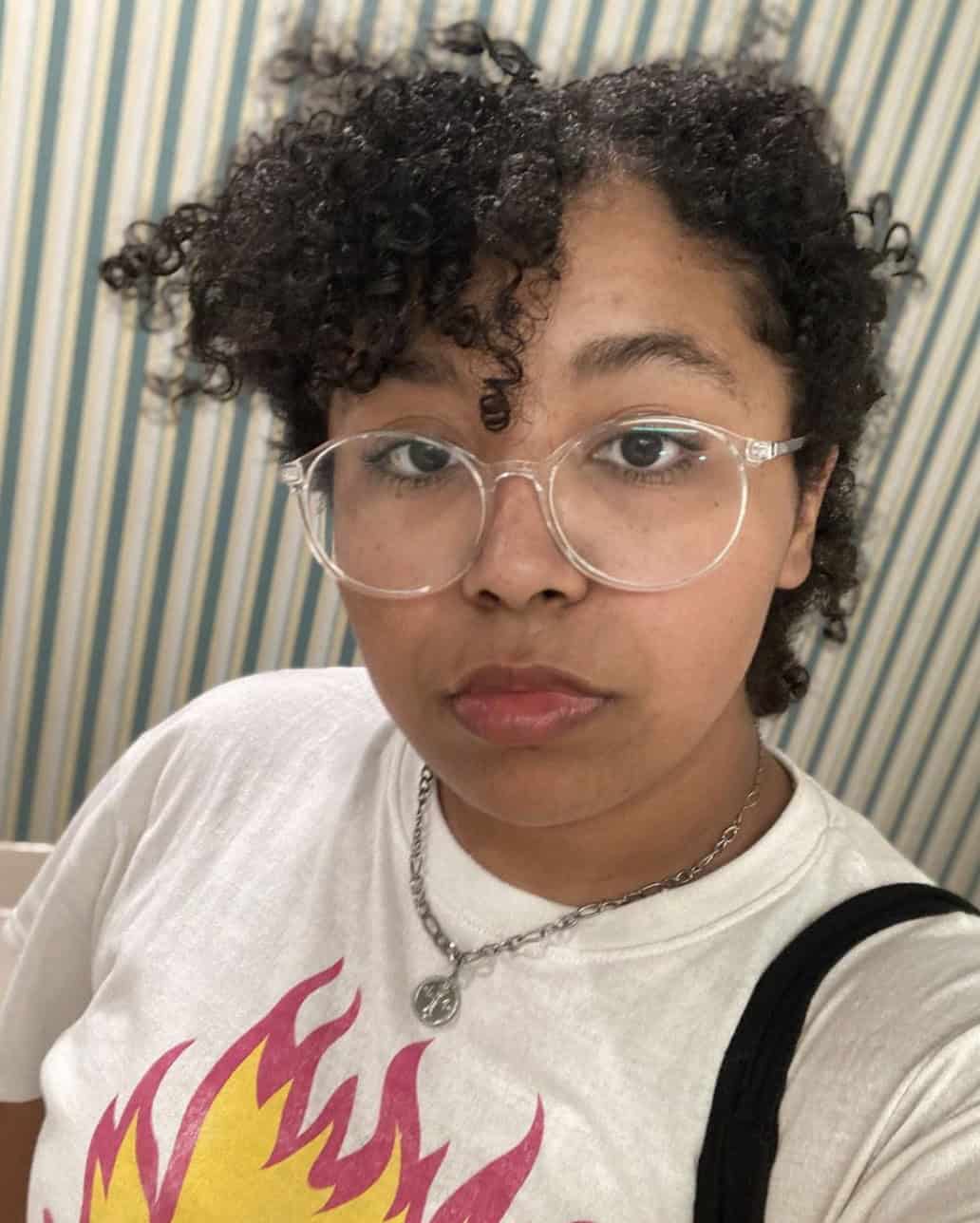
Mak (She/Her)
Who decides which forms of intimacy should only exist for romantic partnerships? https://t.co/vyXvcIhIAO
— Ace Ace Baby (@TheGoldenAro) December 28, 2021
A cisgender woman AroAce writer and social activist., Mak shares her experiences as a Black woman born in Ghana. Twitter: thegoldenaro
Spacey Aces
Members: Elle (They/He/She) and Kaden (Any pronouns)
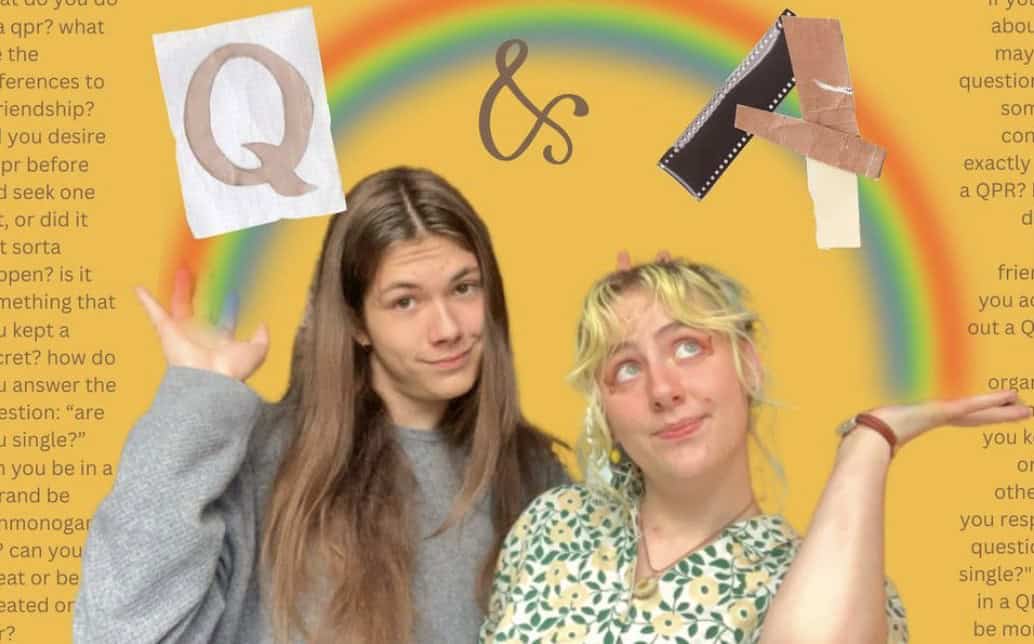
A duo of genderfluid and non-binary demisexual aromantic YouTubers and activists, Spacey Aces explore queer expression, neurodivergence, and the existential edges of being AroAce.
Instagram: spacey_aces, TikTok: spacey_aces
Lyn Saga
A nonbinary aroace, Lyn Saga expresses their creativity through various channels, including art and gaming streams.
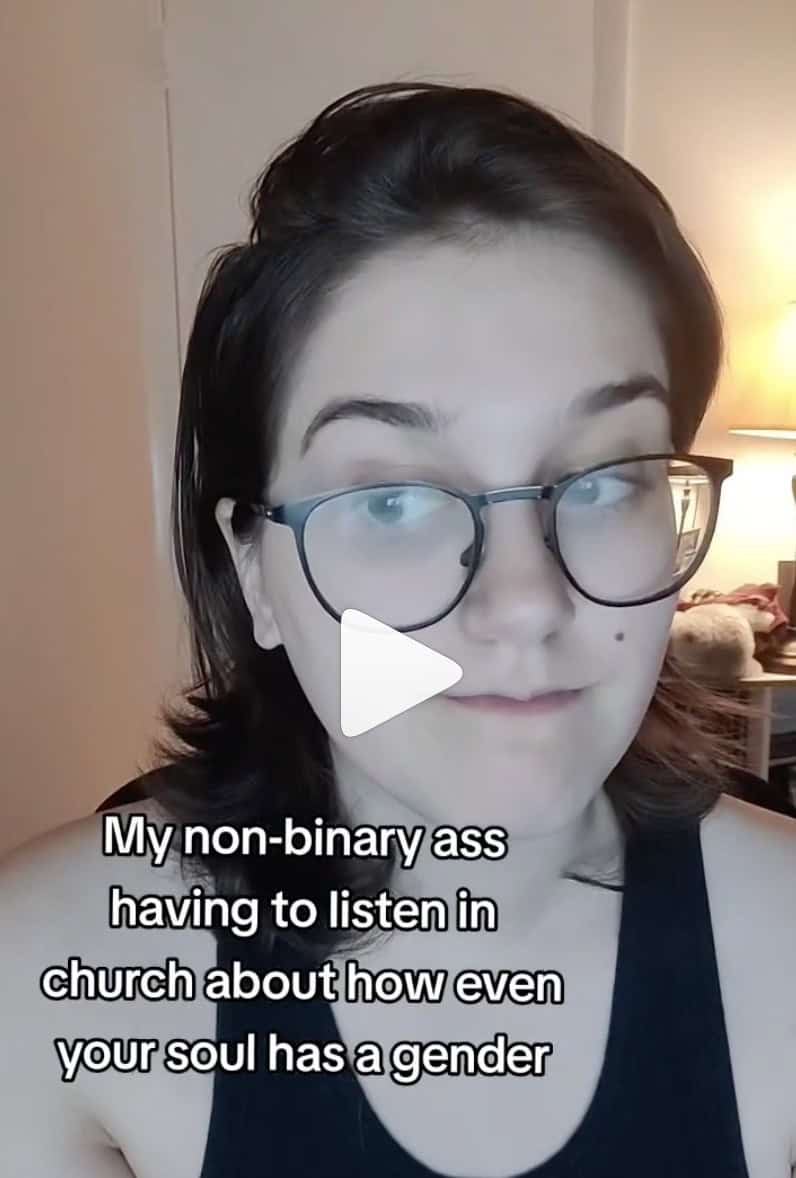
Instagram: lynnsaga, Twitch: lynnsaga
G.C. Kingsey
AroAce, Split Attraction Model Advocate, and Gender Activist GC Kingsy engages with audiences on YouTube, discussing topics related to aromanticism, asexuality, and gender identity.
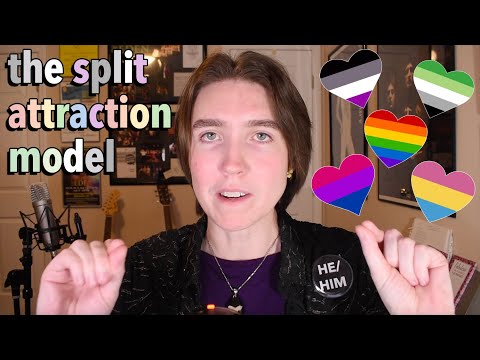
YouTube: G.C. Kinsey
Aromantic Resources
AUREA (Aromantic-spectrum Union for Recognition, Education, and Advocacy) AUREA offers comprehensive information on aromanticism, including resources tailored for those who are also navigating gender identity questions.
AVEN (The Asexual Visibility and Education Network) While focused on asexuality, AVEN also provides support and resources for the aromantic community, with forums that include discussions on transgender and non-binary experiences.
The Trevor Project Offers crisis intervention and suicide prevention services to LGBTQ youth, including those who are TGNC and on the aromantic spectrum. The site also has educational resources on LGBTQ identities.
Genderqueer.me A blog and resource directory focusing on non-binary and genderqueer identities, which includes content relevant to aromantic individuals.
Trans Student Educational Resources (TSER) Provides educational advocacy and resources for transgender students, with inclusivity that encompasses aromantic individuals.
Social and Community Support
r/aromantic and r/asexual
Reddit has online communities where individuals on the aromantic and asexual spectrums share their experiences, including those related to being TGNC.
Educational Resources
“A Quick & Easy Guide to Asexuality” by Molly Muldoon and Will Hernandez This accessible comic book guide provides an overview of asexuality, with inclusivity that extends to aromantic and TGNC readers.
“A Quick & Easy Guide to They/Them Pronouns” by Archie Bongiovanni and Tristan Jimerson While focused on pronoun use, this guide supports understanding gender diversity, which is beneficial for TGNC aromantic individuals.
“Loveless” by Alice Oseman A novel featuring an aromantic asexual protagonist exploring identity, friendship, and the importance of non-romantic relationships, offering representation that resonates with TGNC readers.
Did you find this Aromantic Spectrum Awareness Week resource helpful? Consider supporting TransLash today with a tax-deductible donation. Did we miss anything? Let us know and we’ll update the guide with your suggestion, crediting you as the contributor.